
Meet the major players of the gut microbiome and learn how to keep them healthy.
An abundance of research has been published about the benefits of a healthy gut microbiome. Most of this research focuses on the bacterial biome within the gastrointestinal tract. While the beneficial bacteria that line the GI tract have a profound impact on our gut microbiome composition and health, the relationship between the bacteria, fungi, protists, archaea and viruses lead to the balance needed for gut health. With more than 100 trillion microbes lining our gut, let’s explore each player of the microbiome and learn how to keep them healthy.
The Bacterial Biome– There are over a thousand different bacteria that line our gut, making the bacterial biome the biggest player, accounting for 95% of the entire gut microbiome. These bacteria ferment fiber from food into short chain fatty acids and other metabolites that fuel so many of our cells and hormone pathways. Lower bacterial diversity has been associated with inflammatory bowel disease, psoriatic arthritis, type 1 diabetes, atopic eczema, coeliac disease, obesity, type 2 diabetes, and arterial stiffness. (1-8) The association between lower bacterial diversity and disease conditions highlights the need for a diverse gut microbiome as this is usually an indicator of good health. (9-10) While the impacts of this dominant part of the gut microbiome are huge, the bacterial microbiome lives in close relation to the other members of the microbiome. Viruses, fungi, yeast, archaea and protists all crosstalk with the bacteria to create an environment of inflammation and damage or one that is anti-inflammatory and health promoting.
The Virome– Viruses are the second player in the gut microbiome. There are a few types of viruses- the ones we’re familiar that are classified as either RNA and DNA and can infect our cells, the more obscure viruses like the viral elements that are embedded in our own DNA and the bacteriophages that infect the bacteria in our microbiome.
Bacteriophages are viruses that infect and kill the bacteria in our individual microbiomes. They do not infect us, but do a wonderful job fighting the bacterial infections that plague us. Each bacteriophage is specific to a certain type of bacteria, making them a precise antibiotic agent without any of the myriad of side effects that modern day antibiotics cause. (11) Research has consistently shown that bacteriophages play a role in the regulation of the gut microbiome. (12)
In one 2014 study mice were infected with a certain strain of the norovirus after completing a course of antibiotics. (13) Amazingly, the norovirus helped to rebalance the gut microbiome, both the viral and bacterial components of the biome. This balancing influence has never been observed with viruses and it is an exciting discovery. This has been replicated in other studies that show the same balancing of the microbiome by adding a virus to the gut of mice. (14) Recent research has also shown that viruses present in saliva can target harmful bacteria, acting as a line of defense in the immune system. (15)
The Mycobiome– It was not until 2010 that we started to research the role of fungi and yeast play in the gut microbiome. Researchers found that bacteria and fungi work together to build plaques against the gut lining. (16) These plaques protect the microbes living within and can be beneficial to our health or quite detrimental to our health. Researchers saw that when fungus Candida tropicalis and the bacteria Escherichia coli and Serratia marcescens grow together, they can form robust plaques that worsen the intestinal inflammation seen in inflammatory bowel disease. Other fungi, like Saccharomyces cerevisiae, have been shown to illicit a beneficial effect as well as keep harmful fungal species in check. (17) It is this unique relationship we see between ourselves, our microbiome and the outside world that shapes our health.
The Archaea and Protists– As with other members of the gut microbiome archaea and protists were looked at as parasites with pathogenic effects in the gut, only causing damage and inflammation. Recent research has shown that these species might be more than transient residents of the Gi tract and have a strong impact on the diversity of the gut microbiome. (18-19)
How to Keep Them All Healthy–
Now that we’ve met the key players in our gut microbiome, let’s explore how to keep them healthy.
Feeding the gut microbiome a diet rich in a variety of fiber is the first step to cultivating a healthy gut microbiome. Gut bacteria thrive on the fiber we eat. Bacteria ferment the resistant starches in the fiber and create butyrate for fuel. A diet lacking in fiber from fruits, vegetables, grains, and legumes alters the microbiome in the gut. A recent study found that a two week change in diet from processed foods to whole foods loaded with fiber resulted in a dramatic shift in the microbiota. The whole food diet rich in fiber shifted the balance to a more anti-inflammatory state. (20) The beneficial bacteria that line the gut need fiber to thrive. Fiber not only feeds the beneficial bacteria in the gut, it also prevents the damage to the lining of the gut that occurs when the gut bacteria are deprived fiber. The resistant starches in fiber arrive in the large intestine relatively undigested, ready to be consumed by our microbiota. These starches are fermented into butyrate for fuel and are essential to feed to your gut bacteria.
Fermented foods and probiotic supplements can also help maintain the balance of the gut microbiome. One limiting factor that plays a role in a balanced gut microbiome is the real estate. Bacteria compete for a spot in the mucin layer of the digestive tract. Making sure your diet is rich in probiotics from fermented foods and/or probiotic supplements helps keep the field of your gut packed with beneficial bacteria.
Short chain fatty acids are the fuel source of the cells that line the gut and make a great addition to a healthy gut microbiome diet. (21) Short chain fatty acids can be found in ghee and butter but it is also produced in colon when you consume a high fiber diet.
We know that diet has a huge impact on the health of our gut microbiome but exercise, sleep, less antibiotic use and stress also directly impact the gut microbiome. Exercise has been shown to improve the diversity and health of the gut microbiome. (22-25) New research shows how the gut microbiome has its own diurnal fluctuations in tune with the diurnal rhythm of the sun. (26,27) Disturbances to this rhythm can cause a dysbiosis, making a good night’s sleep essential for a healthy gut biome. This effect was even more pronounced in people under the influence of a poor diet. (28) Lastly, avoiding processed foods that can damage our players in the microbiome is key to maintaining a healthy gut. (29) Antibiotics have an enormous impact on the gut microbiome, killing off beneficial bacteria and deranging the biome for an entire year. Stress also has a negative influence on our gut biome decreasing the diversity of microbes in the gut. (30) While the relations between the microbes in the gut microbiome are complex and still unfolding, we see simple naturopathic treatments upholding the integrity and health of the gut microbiome.
-Dr. Catherine Clinton ND
References:
1. Manichanh C, Rigottier-Gois L, Bonnaud E, et al. Reduced diversity of faecal microbiota in Crohn’s disease revealed by a metagenomic approach. Gut2006;55:205-11.
2. Scher JU, Ubeda C, Artacho A, et al. Decreased bacterial diversity characterizes the altered gut microbiota in patients with psoriatic arthritis, resembling dysbiosis in inflammatory bowel disease. Arthritis Rheumatol2015;67:128-39.
3. de Goffau MC, Luopajärvi K, Knip M, et al. Fecal microbiota composition differs between children with β-cell autoimmunity and those without. Diabetes2013;62:1238-44.
4. Wang M, Karlsson C, Olsson C, et al. Reduced diversity in the early fecal microbiota of infants with atopic eczema. J Allergy Clin Immunol2008;121:129-34.
5. Schippa S, Iebba V, Barbato M, et al. A distinctive ‘microbial signature’ in celiac pediatric patients. BMC Microbiol2010;10:175.
6. Turnbaugh PJ, Hamady M, Yatsunenko T, et al. A core gut microbiome in obese and lean twins. Nature2009;457:480-4.
7. Lambeth SM, Carson T, Lowe J, et al. Composition, diversity and abundance of gut microbiome in prediabetes and type 2 diabetes. J Diabetes Obes2015;2:1-7.
8. Menni C, Lin C, Cecelja M, et al. Gut microbial diversity is associated with lower arterial stiffness in women. Eur Heart J2018.
9. Sommer F, Rühlemann MC, Bang C, et al. Microbiomarkers in inflammatory bowel diseases: caveats come with caviar. Gut2017;66:1734-8.
10. Sommer F, Anderson JM, Bharti R, Raes J, Rosenstiel P. The resilience of the intestinal microbiota influences health and disease. Nat Rev Microbiol2017;15:630-8.
11. Xavier Wittebole, Sophie De Roock, and Steven M Opal. A historical overview of bacteriophage therapy as an alternative to antibiotics for the treatment of bacterial pathogens. Virulence. 2014 Jan 1; 5(1): 226–235.
12. Janka Babickova and Roman Gardlik. Pathological and therapeutic interactions between bacteriophages, microbes and the host in inflammatory bowel disease. World J Gastroenterol. 2015 Oct 28; 21(40): 11321–11330.
13. Cadwell, Ken. Expanding the Role of the Virome: Commensalism in the Gut. Journal of Virology. 10 December 2014.
14. Cadwell, Ken. The virome in host health and disease. Immunity. 2015 May 19; 42(5): 805–813.
15. David T Pride, Julia Salzman, Matthew Haynes, Forest Rohwer, Clara Davis-Long, Richard A White, III, Peter Loomer, Gary C Armitage, and David A Relman. Evidence of a robust resident bacteriophage population revealed through analysis of the human salivary virome. ISME J. 2012 May; 6(5): 915–926.
16. Hager, Christopher L., Ghannoum, Mahmoud A. The mycobiome: Role in health and disease, and as a potential probiotic target in gastrointestinal disease. Digestive and Liver Disease , Nov 2017, Volume 49 , Issue 11 , 1171 – 1176.
17. Kelesidis T, Pothoulakis C. Efficacy and safety of the probiotic Saccharomyces boulardii for the prevention and therapy of gastrointestinal disorders. Therapeutic Advances in Gastroenterology. 2012;5(2):111-125.
18. Lukeš J, Stensvold CR, Jirků-Pomajbíková K, Wegener Parfrey L. Are Human Intestinal Eukaryotes Beneficial or Commensals? Knoll LJ, ed. PLoS Pathogens. 2015;11(8):e1005039.
19. Audebert, C. et al. Colonization with the enteric protozoa Blastocystis is associated with increased diversity of human gut bacterial microbiota. Sci. Rep. 6, 25255 (2016).
20. O’Keefe, S. J. D. et al. Fat, fiber and cancer risk in African Americans and rural Africans. Nat. Commun. 6:6342.
21. Canani RB, Costanzo MD, Leone L, Pedata M, Meli R, Calignano A. Potential beneficial effects of butyrate in intestinal and extraintestinal diseases. World Journal of Gastroenterology : WJG. 2011;17(12):1519-1528.
22. Clarke SF, Murphy EF, O’Sullivan. Exercise and associated dietary extremes impact on gut microbial diversity. Gut. 2014 Dec;63(12):1913-20
23. Campbell SC, Wisniewski PJ, Noji M. The Effect of Diet and Exercise on Intestinal Integrity and Microbial Diversity in Mice. PLoS One. 2016 Mar 8;11(3):e0150502
24. Robert Šket, Tadej Debevec, Susanne Kublik, et al. Intestinal Metagenomes and Metabolomes in Healthy Young Males: Inactivity and Hypoxia Generated Negative Physiological Symptoms Precede Microbial Dysbiosis. Front Physiol. 2018; 9: 198.
25. Mika A, Fleshner M. Early-life exercise may promote lasting brain and metabolic health through gut bacterial metabolites. Immunology and Cell Biology volume 94, pages 151–157 (2016)
26. Thaiss CA, Zeevi D, Levy M, Segal E, Elinav E. A day in the life of the meta-organism: diurnal rhythms of the intestinal microbiome and its host. Gut Microbes. 2015;6(2):137-142.
27. Rosselot AE, Hong CI, Moore SR. Rhythm and bugs: Circadian clocks, gut microbiota, and enteric infections. Current opinion in gastroenterology. 2016;32(1):7-11.
28. Voigt RM, Forsyth CB, Green SJ, et al. Circadian Disorganization Alters Intestinal Microbiota. Cermakian N, ed. PLoS ONE. 2014;9(5):e97500.
29. Chassaing B, Koren O, Goodrich J, et al. Dietary emulsifiers impact the mouse gut microbiota promoting colitis and metabolic syndrome. Nature. 2015;519(7541):92-96. doi:10.1038/nature14232.
30. Jane A. Fostera, Linda Rinamanb,, John F. Cryanc,da. Stress & the gut-brain axis: Regulation by the microbiome. Department of Psychiatry & Behavioural Neurosciences, McMaster University. doi.org/10.1016/j.ynstr.2017.03.001
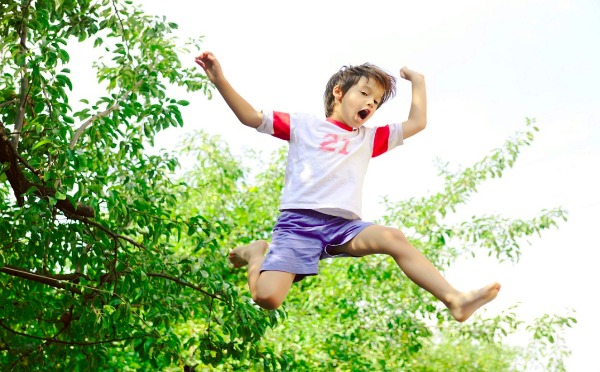
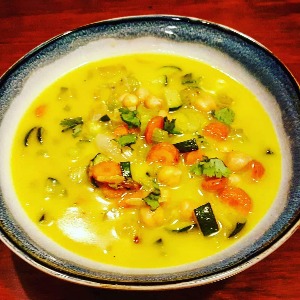
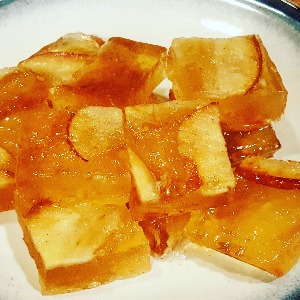

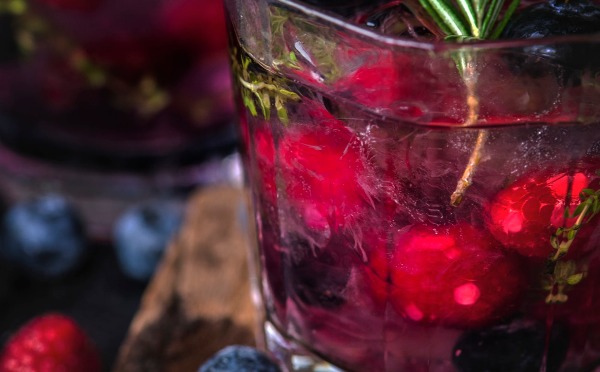

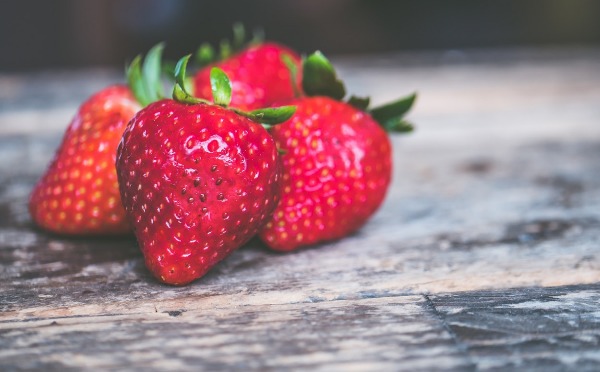
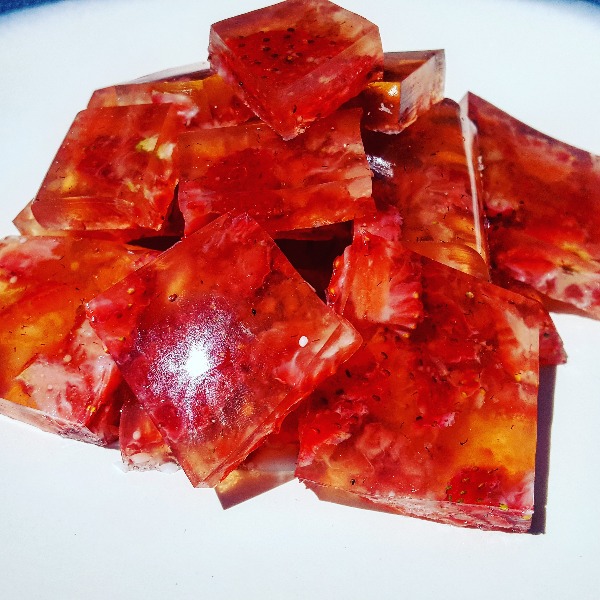
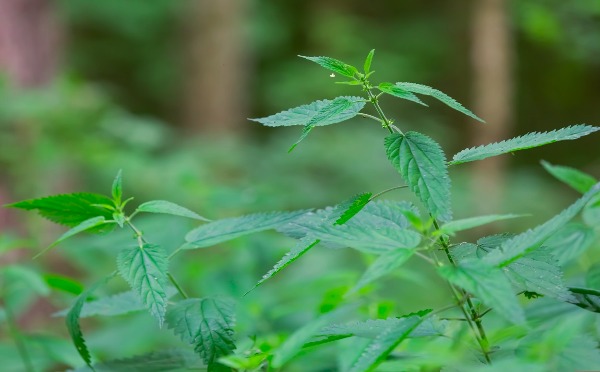
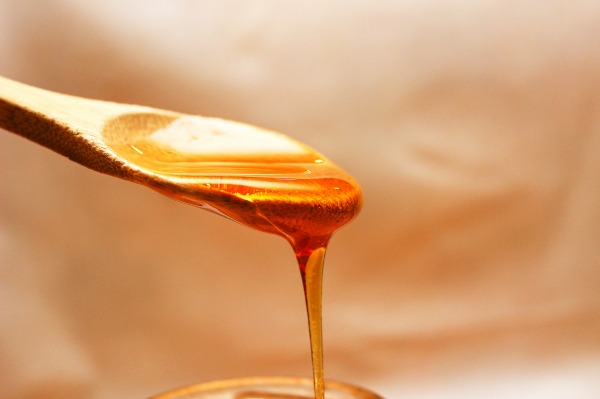

Recent Comments